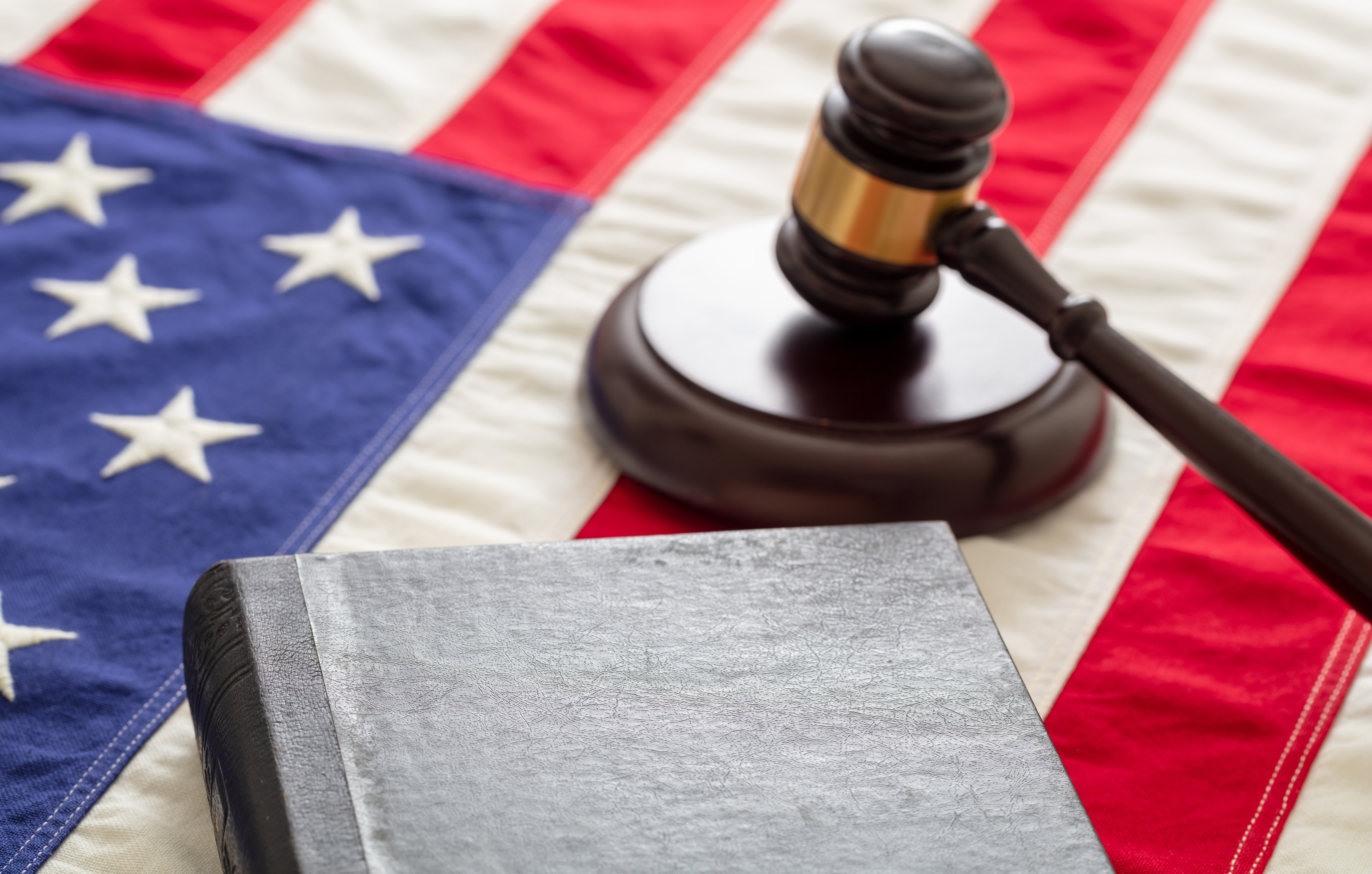Thursday marked the ten-year anniversary of the Leahy-Smith America Invents Act (AIA), a landmark piece of legislation that refashioned the United States patent system and intellectual property development. Passed on September 16th, 2011, this Act was sponsored by Senators Patrick Leahy of Vermont and Representative Lamar Smith of Texas. When signing this Act, President Obama described the AIA as “a bill that reforms the outdated patent process; a bill that cuts away the red tape that slows down our inventors and entrepreneurs.” The AIA has been praised for streamlining the patent application process, installing a first-to-file system, and providing an improved grace period for filing for patent approval. This legislation finds its roots in Vermont, as Senator Patrick Leahy was the sponsor of the bill in the Senate. Senator Leahy is the chair of the Senate’s Intellectual Property Subcommittee for the 117th Congress.
A major effect of the AIA was that it transitioned the United States from a first-to-invent system to a first-to-file system. This change brought the United States in line with the rest of the world, as nearly every country uses the first-to-file system. The United States joined the Patent Cooperation Treaty (PCT) in 1978, which allows international patent filing in all member countries through a common application. The transition to a first-to-file system further assimilated United States patent law to global standards.
PTAB Controversy
A controversial portion of the Act was the creation of the Patent Trial and Appeals Board (PTAB), which replaced the Board of Patent Appeals and Interferences (BPAI). A distinguishing difference between the two was that PTAB mitigated ‘patent trolling’, where non-participating entities purchased broad patents in order to sue large companies for patent infringement. There were concerns that patents gave too much power to the inventor, so as a result, the AIA empowered PTAB to conduct the inter partes review process, which allowed PTAB to review the validity and ownership of patents brought before it.
Another concern about PTAB is the rate at which patents brought before it are altered or nullified. PTAB has been been used by many companies to remove patents that are inconvenient to them from legitimate companies or inventors. PTAB has wide-ranging powers, that may be too powerful in regards to patent modification. While it is unlikely that a case brought before PTAB will have all claims found unpatentable, a 2017 analysis found that only four percent of all cases will result in a final written decision in which all claims are upheld as patentable for the current patent holder. This makes it challenging for companies and inventors, as PTAB has become an easy and relatively inexpensive way in which to invalidate patents, a desirable alternative to traditional lawsuits which were more expensive and lengthy.
Administrative Patent Judge Nominations
The concern about the AIA is constitutional in nature; in the case of Lucia v. SEC, the United States Supreme Court ruled that SEC administrative law judges are inferior officers of the United States of America, not federal employees. The ruling continued that due to this status, the process of appointing said administrative law judges was unconstitutional in line with the Appointments Clause. BPAI judges were appointed by the Director of the Patent and Trademark Office, which was questioned on the grounds of a violation of the appointments clause by several intellectual property experts. Since administrative patent judges are appointed by the United States Secretary of Commerce, and it is unclear whether administrative patent judges are inferior or principal officers of the United States, the argument could be made that such appointments were also not constitutional if said appointments were of principal officers, as they then must be appointed by the President.
The nomination of administrative patent judges by the Director of the Patent and Trademark Office was challenged by Arthrex, Inc. when Smith & Nephew, Inc. and ArthroCare Corp. when they petitioned for a surgical device patent held by Arthrex, Inc. to be invalidated. PTAB ruled the patent invalid, and Arthrex, Inc. appealed the decision in the federal court system. The courts ruled that administrative patent judges are principal officers and thus must be appointed by the President. However, the court ruled that giving the Director of the Patent and Trademark Office the jurisdiction to review agency decisions would rectify the unconstitutional nature of the appointments. This power to review the decisions of PTAB includes the ability to reverse the decision of PTAB at the discretion of the Director of the Patent and Trademark Office.
TrackOne Filing
A final significant ramification of the AIA is the establishment of TrackOne filing, a priority review of patent applications for an additional fee through the United States Patent and Trademark Office. This service allows important innovations to be considered faster and streamlines the protection of intellectual property in a more efficient manner. An important distinction to make with TrackOne filing is that micro-entities, small entities, and non-small entities have different filing fees so that smaller entities have access to faster filing speeds for important innovations. Prior to TrackOne filing, patents took at least three years to grant. Now, inventors with important patent applications can pay the extra fee and are guaranteed a final decision in eighteen months.

